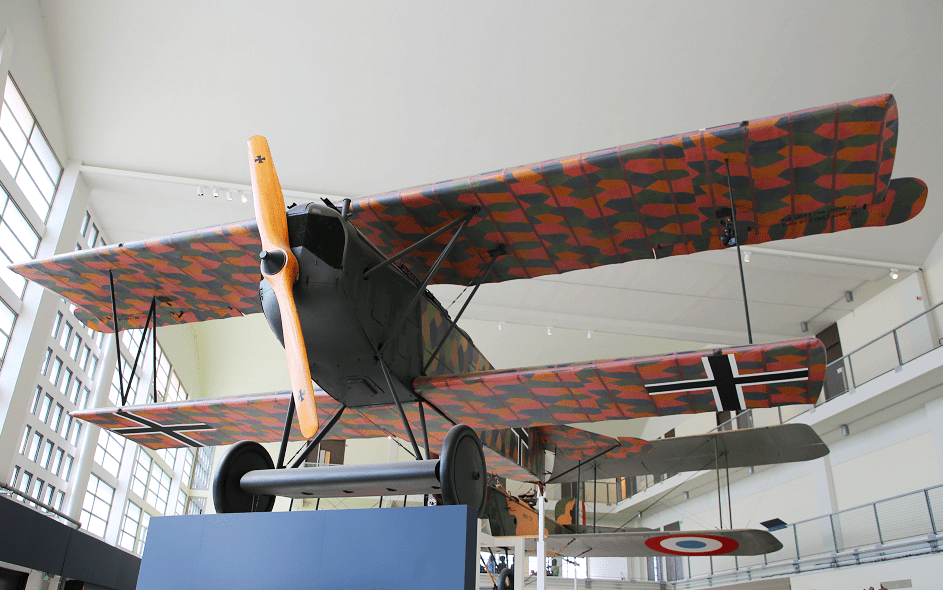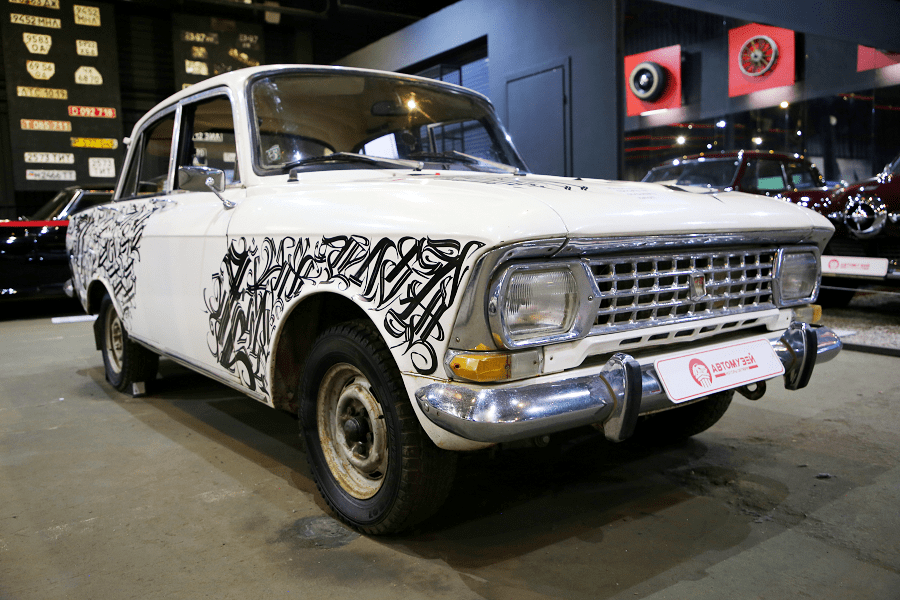Fokker D.VII
The Fokker D.VII was a German World War I fighter aircraft designed by Reinhold Platz of the Fokker-Flugzeugwerke. Germany produced around 3,300 D.VII aircraft in the second half of 1918. In service with the Luftstreitkräfte, the D.VII quickly proved itself to be a formidable aircraft. The Armistice ending the war specifically required, as the fourth clause of the “Clauses Relating to the Western Front”, that Germany was required to surrender all D.VIIs to the Allies. Surviving aircraft saw much service with many countries in the years after World War I.
Fokker’s chief designer, Reinhold Platz, had been working on a series of experimental V-series aircraft, starting in 1916. The aircraft were notable for the use of cantilever wings. Hugo Junkers and his aviation firm had originated the idea in 1915 with the first practical all-metal aircraft, the Junkers J 1 monoplane, nicknamed Blechesel (Sheet Metal Donkey or Tin Donkey). The wings were thick, with a rounded leading edge. The shape of the wings’ airfoil gave greater lift, with its relatively “blunt” leading edge (as seen in cross-section) giving it more docile stalling behavior than the thin wings commonly in use.
Country: Germany
Year: 1918
Crew: 1
Length: 6.954 m (22 ft 10 in)
Wingspan: 8.9 m (29 ft 2 in)
Height: 2.75 m (9 ft 0 in)
Powerplant: Mercedes D.III
Power: 160 HP (120 kW)
Max speed: 189 km/h (117 mph, 102 kn)
Range: 266 km (165 mi, 144 nmi)
Ceiling: 6,000 m (20,000 ft)
Armament: 2 × 7.92 mm LMG 08/15 “Spandau” machine guns
Weight: 670 kg (1,477 lb)
Materials: metal, wood and coated canvas













